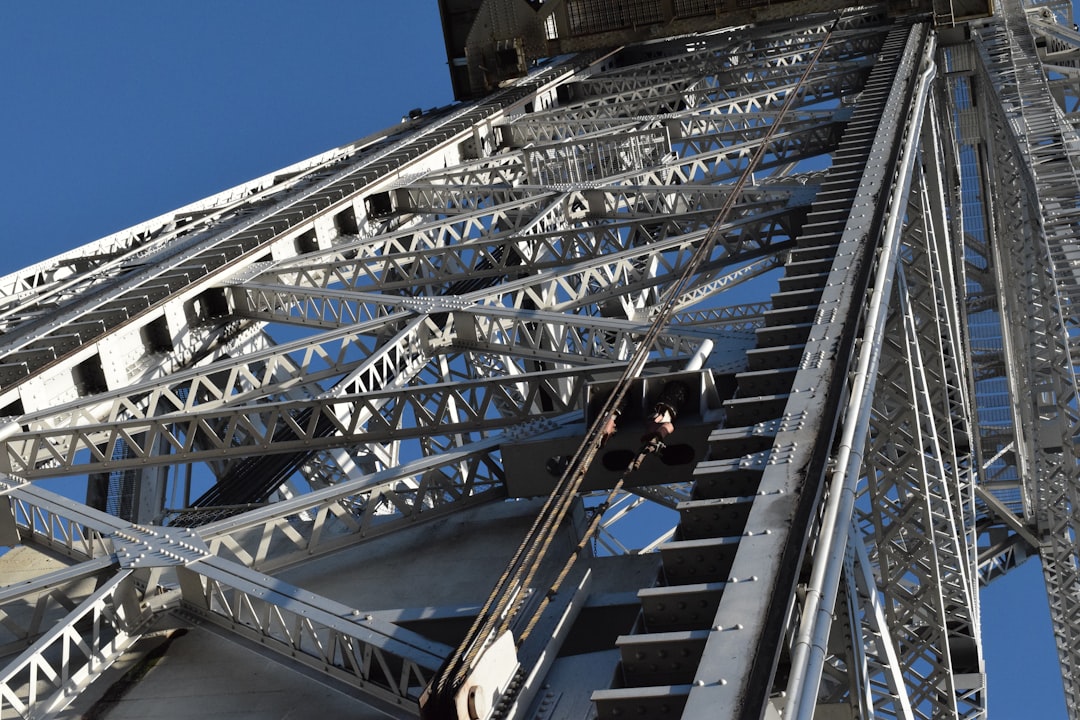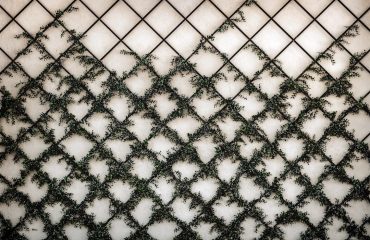Universal Parallel Flange (UPN) profiles, also known as parallel flange channels, are versatile steel sections widely used in various structural applications. Their unique geometry, combining parallel flanges and a web, makes them ideal for a range of load-bearing and non-load-bearing situations. This comprehensive guide delves into the intricacies of UPN profiles, exploring their properties, applications, design considerations, and more, providing structural engineers with a valuable resource for their projects.
Understanding UPN Profile Geometry and Properties
UPN profiles are characterized by their parallel flanges and a relatively deep web. This geometry provides excellent bending stiffness and strength in relation to their weight, making them efficient for many applications. Key properties to consider include:
- Section Modulus (Z): Indicates the resistance of the section to bending stresses. A higher section modulus signifies greater bending capacity.
- Moment of Inertia (I): Represents the resistance to bending deformation. A larger moment of inertia indicates greater stiffness.
- Area (A): The cross-sectional area determines the weight and overall capacity of the profile.
- Flange Width and Thickness: Influence the bending strength and stability of the section.
- Web Depth and Thickness: Affect the shear strength and overall stiffness of the profile.
Understanding these properties is crucial for accurate design calculations and selecting the appropriate UPN profile for a given application. Different manufacturers may have slightly varying dimensions, so referencing specific manufacturer data sheets is essential.
Common Applications of UPN Profiles in Structural Engineering
The versatility of UPN profiles makes them suitable for a wide range of structural applications, including:
- Beams and Girders: Supporting floors, roofs, and other structural elements.
- Columns: Transferring vertical loads from upper stories to foundations.
- Bracing Members: Providing lateral stability to structures, preventing buckling and sway.
- Lintels: Supporting masonry walls above openings like doors and windows.
- Framework for Cladding Systems: Providing support for external wall coverings.
- Support Structures for Mechanical and Electrical Equipment: Providing a robust framework for HVAC systems, piping, and other services.
The choice of UPN profile depends on the specific load requirements, span length, and overall structural design.
Design Considerations for UPN Profiles
Designing with UPN profiles requires careful consideration of several factors:
- Load Calculations: Accurate determination of dead loads (self-weight of the structure) and live loads (occupancy loads, snow loads, wind loads) is paramount. This involves using appropriate load combinations and safety factors as defined by relevant building codes.
- Stress Analysis: Determining the stresses induced in the UPN profile under various load conditions. This involves checking bending stresses, shear stresses, and deflection.
- Buckling: UPN profiles, like other slender members, are susceptible to buckling under compressive loads. Design checks must be performed to ensure adequate stability. This may involve the use of bracing elements or selecting a heavier section.
- Connections: Proper connection design is essential for transferring loads effectively. This involves selecting appropriate fasteners, such as bolts or welds, and ensuring sufficient connection strength.
- Corrosion Protection: Steel sections are prone to corrosion. Appropriate surface treatments, such as galvanizing or painting, should be considered to extend the lifespan of the structure.
Software tools and design standards (like Eurocodes or AISC) are essential for accurate and efficient UPN profile design.
Material Selection and Specifications
UPN profiles are typically manufactured from structural steel, conforming to specific material standards. The grade of steel chosen will affect its strength and ductility. Common steel grades include S235JR, S275JR, and S355JR (according to EN 10025). Specifying the correct material grade is vital for ensuring the structural integrity of the project. Furthermore, the manufacturer’s documentation should be consulted to verify the exact mechanical properties of the chosen UPN profile. This documentation often includes information on yield strength, tensile strength, and other relevant parameters.
Comparison with Other Steel Sections
UPN profiles are often compared to other steel sections, such as I-beams (IPE), channels (UPE), and angles (L). Each section has its strengths and weaknesses. I-beams generally offer higher bending stiffness and strength for the same weight, making them suitable for larger spans. Channels (UPE) are similar to UPN but have unequal flanges. Angles (L) are often used in bracing or as part of more complex structural frameworks. The choice between these sections depends on the specific requirements of the project, considering factors such as span length, load capacity, and cost-effectiveness. A thorough comparison of the relevant section properties is crucial for optimal selection.
In conclusion, UPN profiles are a valuable asset in the structural engineer’s toolbox. Understanding their properties, applications, and design considerations is crucial for creating safe, efficient, and cost-effective structures. By carefully considering the factors outlined in this guide, engineers can leverage the full potential of UPN profiles in a wide variety of projects.
Tags: UPN profile, structural steel, steel sections, parallel flange channel, structural engineering design




